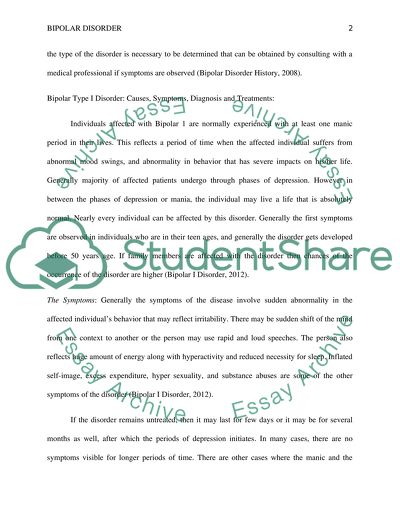Cite this document
(“Bipolar Disorder Research Paper Example | Topics and Well Written Essays - 1250 words”, n.d.)
Retrieved from https://studentshare.org/other/1400732-bipolar-disorder
Retrieved from https://studentshare.org/other/1400732-bipolar-disorder
(Bipolar Disorder Research Paper Example | Topics and Well Written Essays - 1250 Words)
https://studentshare.org/other/1400732-bipolar-disorder.
https://studentshare.org/other/1400732-bipolar-disorder.
“Bipolar Disorder Research Paper Example | Topics and Well Written Essays - 1250 Words”, n.d. https://studentshare.org/other/1400732-bipolar-disorder.


